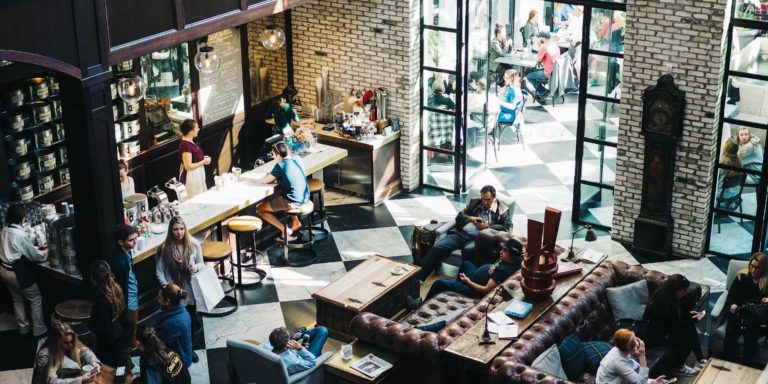
[ad_1]
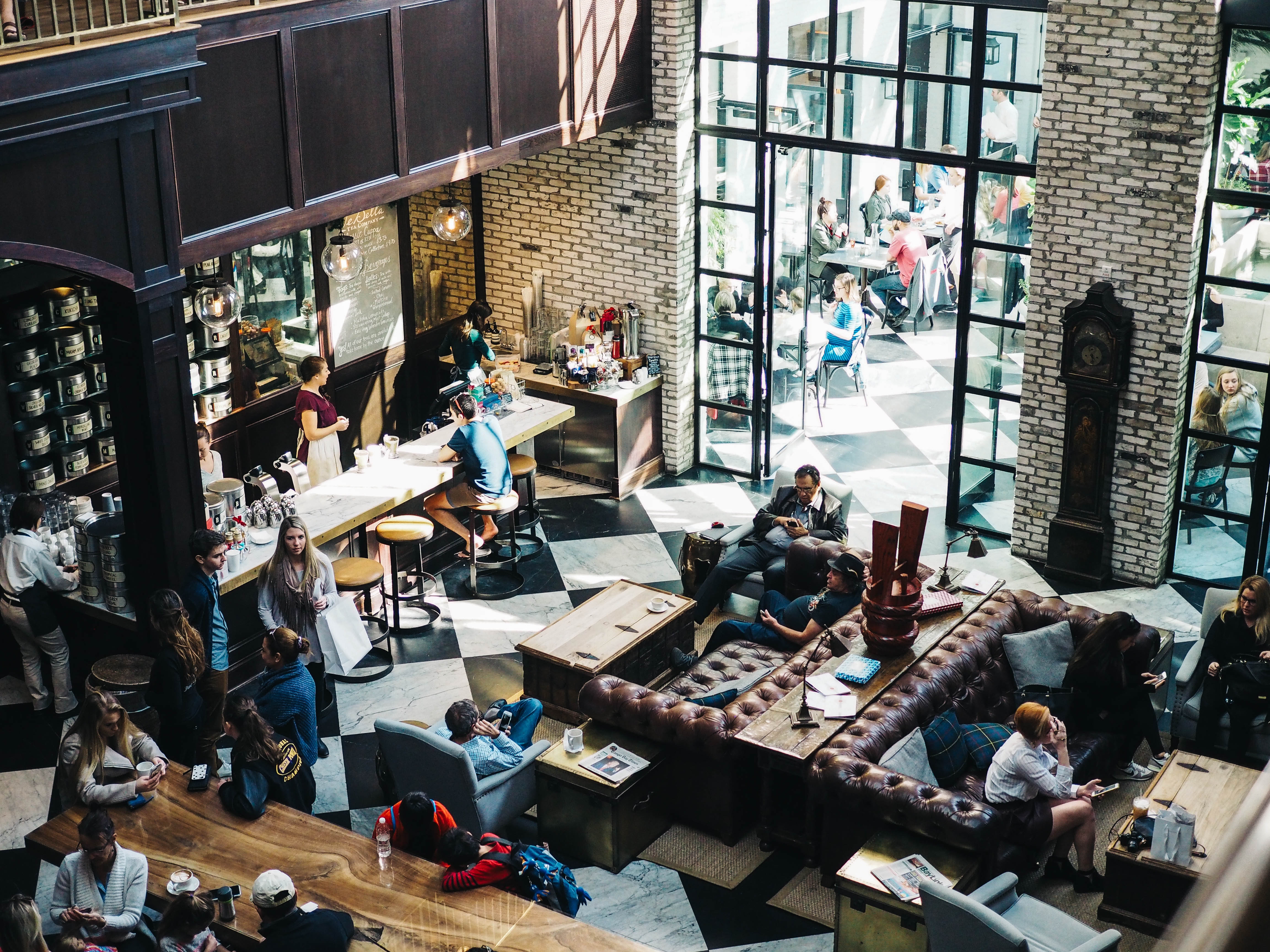
Many B2B companies are still way behind the curve on their social media strategies and many of their team members are still not incorporating social selling tactics in their daily routines.
These are some of the key thoughts on how we view, execute ourselves and teach social media strategies to our clients.
This post is split in 6 areas:
This is a post that will help demystify some of the questions on the way people post on LinkedIn and the impact this will have on their exposure to their connections and potential connections.
11 Tips on Successful Posting Strategy
1. Post every day or at least 3 times a week
2. Use a striking headline- same principles of SEO work
3. Use long form and share as much as you can within the post
4. Do not add a hyperlink to an external page, within the post itself, add it in the comments
5. Tag people that you want to see your post (don’t abuse)
6. Use hashtags to get better exposure
7. Seek commentary, ask questions
8. Add images that go with the post or add content that is of value, don’t let the image come automatically from links you post.
9. Vary the content you post, use video, documents, polls, multiple images
10. If you use video, upload the video into the tool itself. It’s okay to embed from YouTube
11. Replicate and repurpose on your company page and it’s perfectly okay if other colleagues copy and paste your update and post it as theirs. Performs better than re-sharing (more on that below)
Demystifying Digital Interaction
Digital Interaction vs Face to Face Interaction
I thought I’d share my personal thoughts and views on the value of a digital interaction on LinkedIn – assuming that social media interaction especially on LinkedIn for all us B2B bods, can be related to a physical networking interaction with peers/colleagues.
The best approach to social media engagement especially for those in Social Selling, is to behave as close as possible to how you’d behave in a face to face interaction and conversation.
This is our view and assessment on the value of digital interactions:
1. Connection request = You extend your hand to introduce yourself

The difference in the digital world is that many spammers and lazy sales people abuse this. This is the equivalent of the sleazy sales person, that shakes your hand and immediately hands over their business card without you having had any interaction at all, and you can see them doing exactly the same thing with everyone in the room.
I’m sure your LinkedIn inbox is packed with these types of connection requests.
If you are the one sending these connection invites my recommendation is to:
- Keep it genuine
- Keep it short
- If you have nothing to say just don’t add a note, but it is always better to say something.
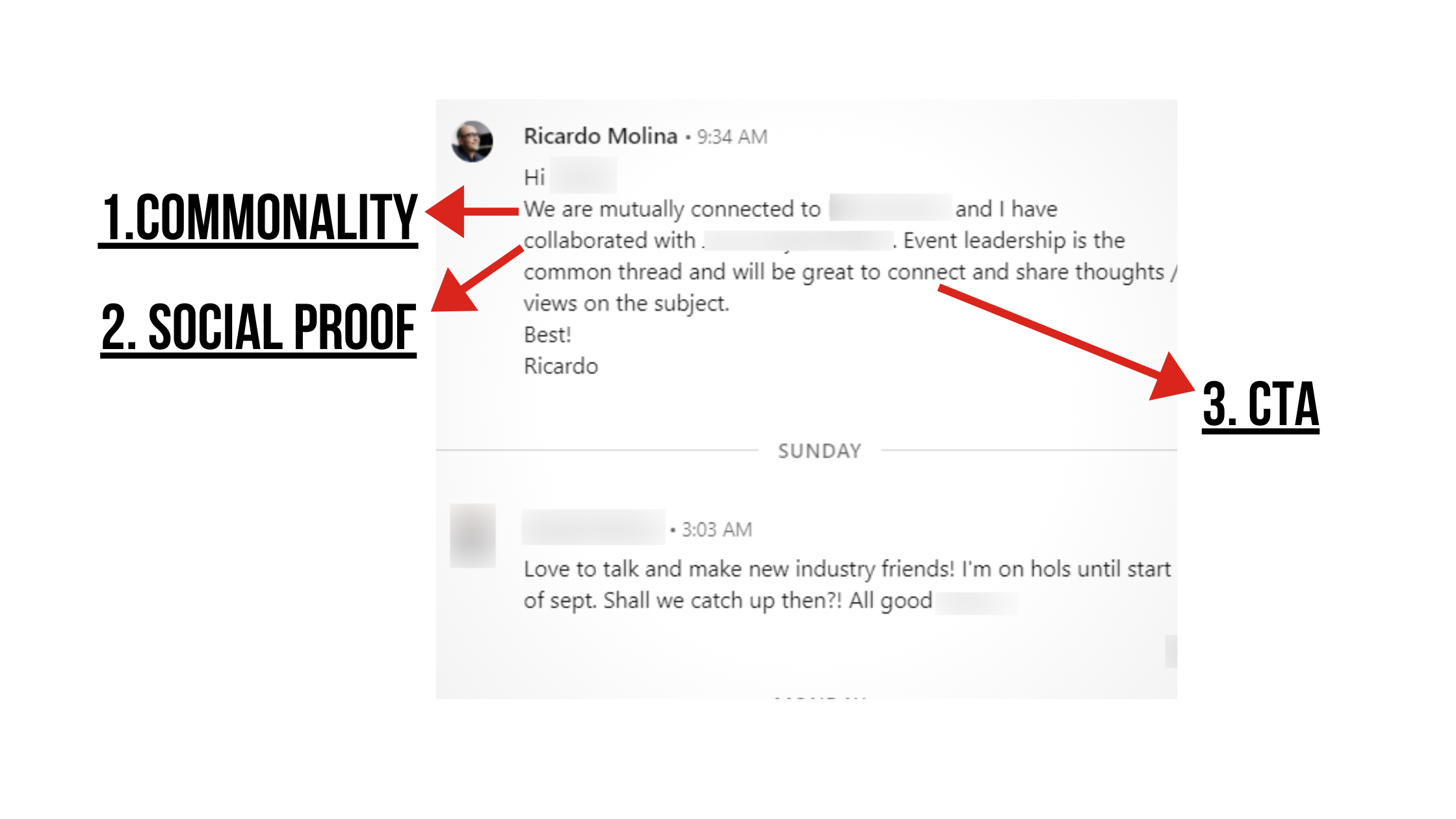
Digital Value = 0/10
2. Connection acceptance = Your hand meets the other person’s hand.

In the physical environment, any decent human being will meet your hand when you extend it. But in the digital world it’s okay not to accept any connection request you get.
So when you are the one sending a connection request and the other person accepts, it is a digital signal that the person is open to communicate with you. Personally I accept requests to connect if they are either in the same area of interest, are potentially a valuable partner/collaborator or they made an effort to tell me why they wanted to connect.
I always point out to our clients, that being connected to someone on Linkedin is the equivalent of having them on your database – it’s just a database that’s not held in your CRM but on Linkedin. To me a connection has exactly the same value as a prospect/lead on your DB.
Digital Value = 2/10
3. Like = This is a digital “nod / aha / yes / sure ” kind of interaction
 In my opinion a “like” on its own does not mean a lot. The fact that someone is nodding when you’re having a conversation with them doesn’t mean much if all they’re doing is just nodding and not interacting. If they’re not sharing what’s on their mind or engaging in conversation then it doesn’t hold much value.
In my opinion a “like” on its own does not mean a lot. The fact that someone is nodding when you’re having a conversation with them doesn’t mean much if all they’re doing is just nodding and not interacting. If they’re not sharing what’s on their mind or engaging in conversation then it doesn’t hold much value.
Likes are meaningful from the social selling perspective, when you can establish that a person has been liking your posts over a certain period of time. Or when someone likes something and then takes an additional action, like commenting or sharing.
Likes are meaningful for the LinkedIn algorithm, as these are reactions to whatever you are posting, and if those reactions occur within a short period of time it works even better.
Digital Value: 3/10
4. Share = When someone references you in a conversation in a kind of “John has been doing X lately with A or B…” way
 Now a digital share to me is very meaningful. Someone resonated with with your content and took the time, effort and frankly botheration to share with their audience/connections.
Now a digital share to me is very meaningful. Someone resonated with with your content and took the time, effort and frankly botheration to share with their audience/connections.
A share is digital proof that someone has taken action in a meaningful way with the content/thought/idea you are posting.
It is the reward of your whole social media strategy. Amplification of your message.
This is a frustration I have with LI because I actually think that if someone decides to share your post with their audience, that implies a higher commitment to the theme in question.
Digital Value: 6/10
Now, LinkedIn does not see it this way apparently, because whenever your posts are shared by other people it does not gain more visibility than when someone comments on it (more on it further down). This is one of my biggest pains and disappointment with how the algorithm works.
5. Comment = When people are in a conversation, contribute to it. Valuable or not… but still people will contribute.
 The comment is the holy grail when it comes to getting your post seen by as many people as possible. The LinkedIn algorithm pays special attention to the number of comments on a post.
The comment is the holy grail when it comes to getting your post seen by as many people as possible. The LinkedIn algorithm pays special attention to the number of comments on a post.
However when it comes to assessing the success or failure of your posts, it all depends on the type of comments people leave. because sometimes the commentary is just simply very basic.
I have experienced the same, Considering that generally a commentary in a post simply acts as a digital “Aha / yes/ sure” instead of a digital nod “like”. The share means the sharer thinks that your post is value-add to his/her connections.
Digital Value: 8/10
LinkedIn places more importance on a comment vs a share
How do you foster/encourage commentary on a LinkedIn Post?1. Ask for the commentary2. Tag key people you seek a commentary from in the post or within a comment you are making.3. Do a poll4. Be bold – Don’t be scared to say something you strongly believe in. It will trigger commentary |
3. Direct message/InMail = You and potentially other people engage in conversation

In a physical networking environment you will be talking about something that is of common interest to all of the parties. While you can start messages among 2 or more people the norm is that you have one to one messages.
Generally in a LinkedIn social selling environment, you need to have a reason to message someone you’re connected to:
Bottom line if you are in a conversation with someone you’re on the right track. Bear in mind that the interactions generally last no more that an exchange of 3 or 4 messages, so you should try to be succint and to the point.
Digital Value: 8/10
Hacks to gain more visibility of your posts
This is all about ensuring the LinkedIn algorithm sees your posts as relevant, engaging and popular.
1. Add external links in the commentary not in the body of the post itself.
In a nutshell, LinkedIn does not like to send traffic outside the platform. Therefore the body the post should aim to give as much detail as possible (if you intended to share a blog post with key thoughts or tips etc).
You can still add the link but in the commentary. Why? because it will give you better reach, more click and improved CTR (click through rate). These guys have done an extensive testing on it.
2. Use an image or a video
LinkedIn found that “images generally result in a 98% higher comment rate” and “links to YouTube videos play directly in the LinkedIn feed and usually result in a 75% higher share rate”
From our experience, when we have used images of real individuals in our industry or images of ourselves and our team, we get better response. So using stock imagery etc. doesn’t get the same connection with the reader.
3. Repurpose your posts on your company page and your teams profiles
It is better to post the same content as “copy and paste” than using the share button on the original post. Why? because the algorithm doesn’t reward re-shares as much as comments and reactions. See a detail explanation and poll here about it.
So, while it is a pain, the best strategic decision is to repurpose and post the content as new.
4. Use hashtags
It is a bit of an obvious one, but if you use hashtags relevant to your industry and topical area you will gain better visibility within those people that follow that hashtag, even if they are not connected to you.
5. Tag relevant people within the post, ideally if they are influence agents
Because they will be notified that you have tagged them, if the topic is relevant to them, they are likely to react or comment on it. Which will give your post exposure to their connections.
LinkedIn KPI’s and Metrics
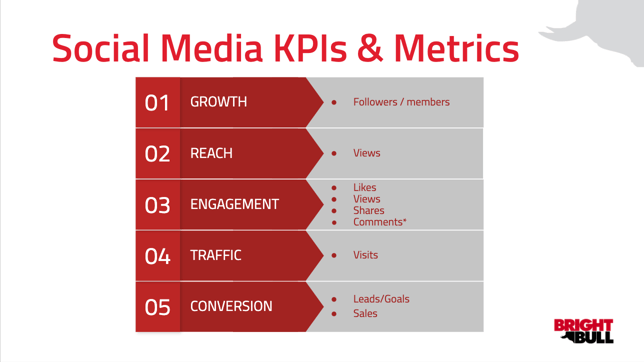
In conclusion
When working out your social media and social selling strategy, you need to aim for the commentary and interaction within your posts. That is specifically likes + comments because that is what is going to tell the algorithm on LinkedIn that your post is “good” and likely it will boost it internally so it is seen more by more of your actual connections and those of the people that interacted with the post.
For more information on the subject check our recap on How to Build an Online Community from Scratch on LinkedIn below.
You might want to review:
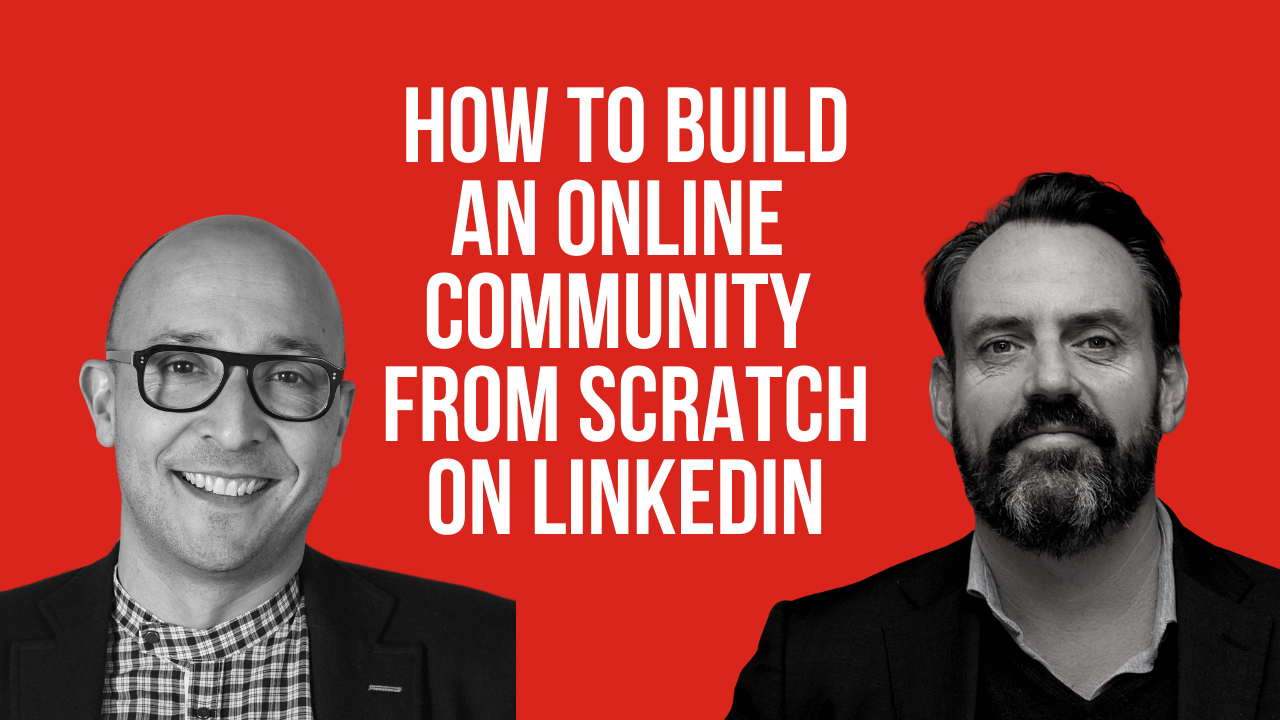
[ad_2]
Source link